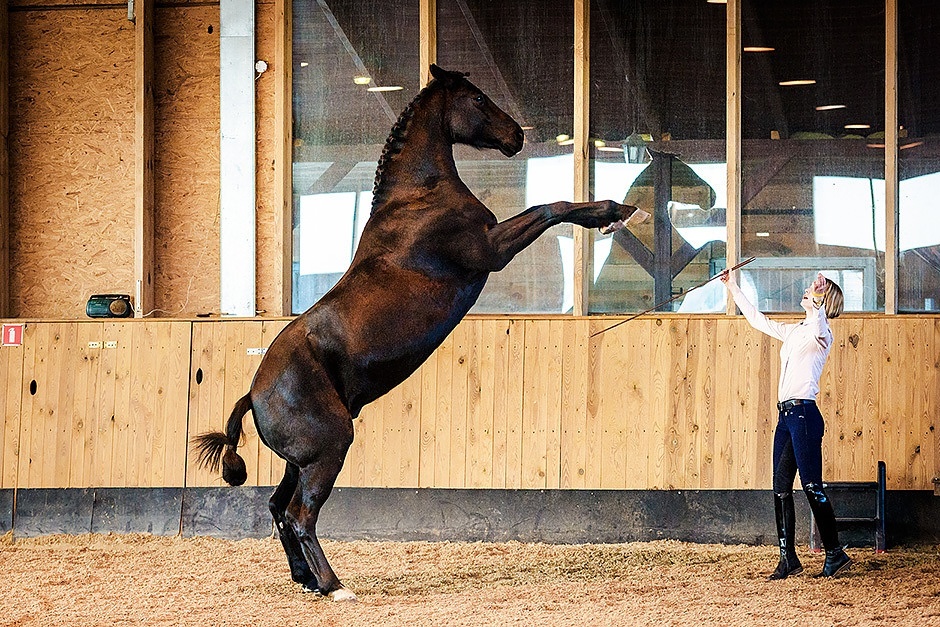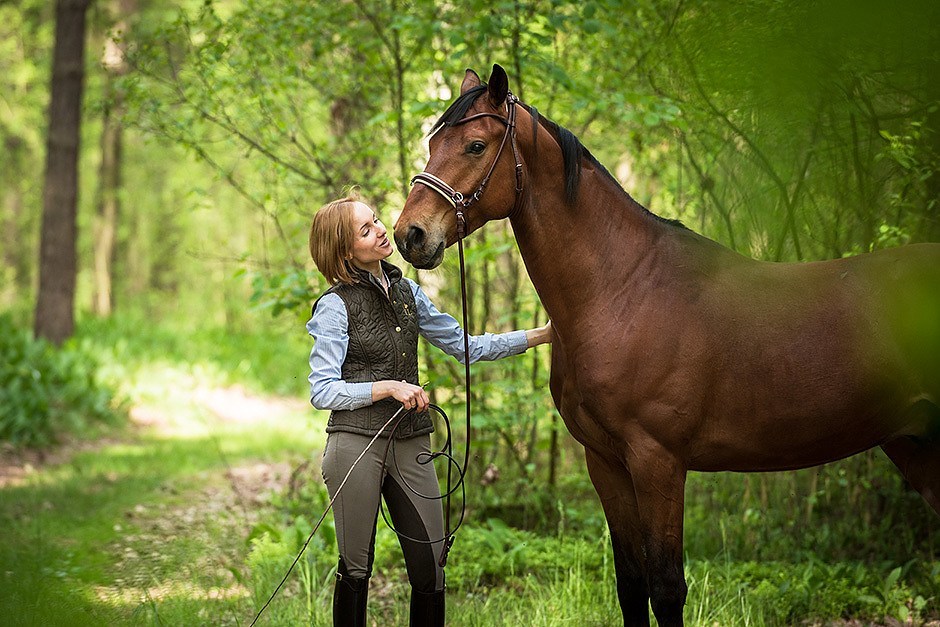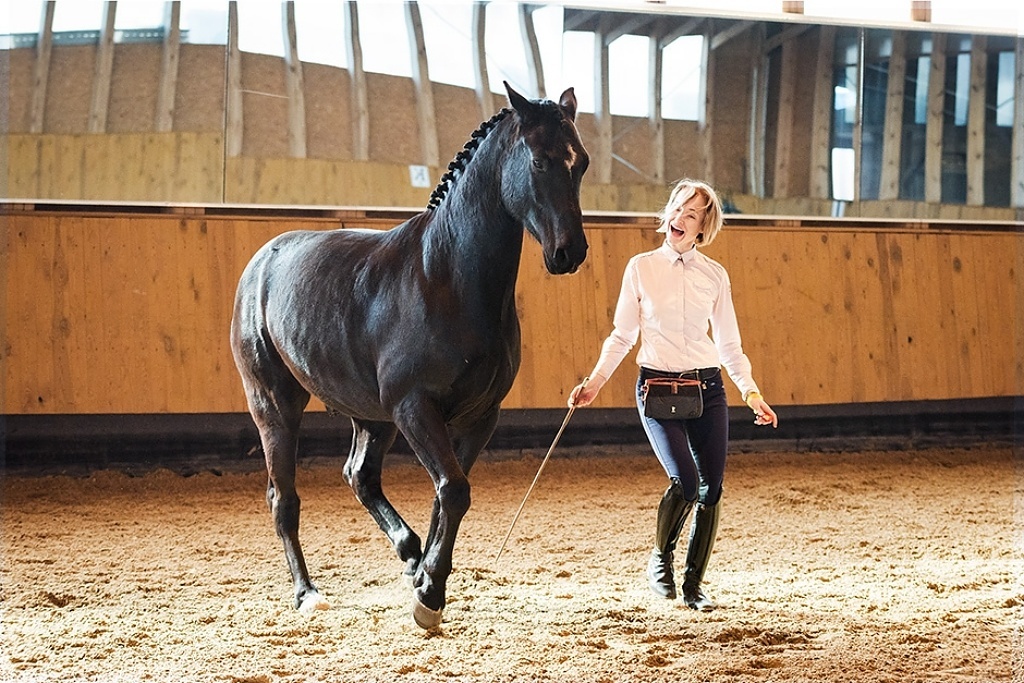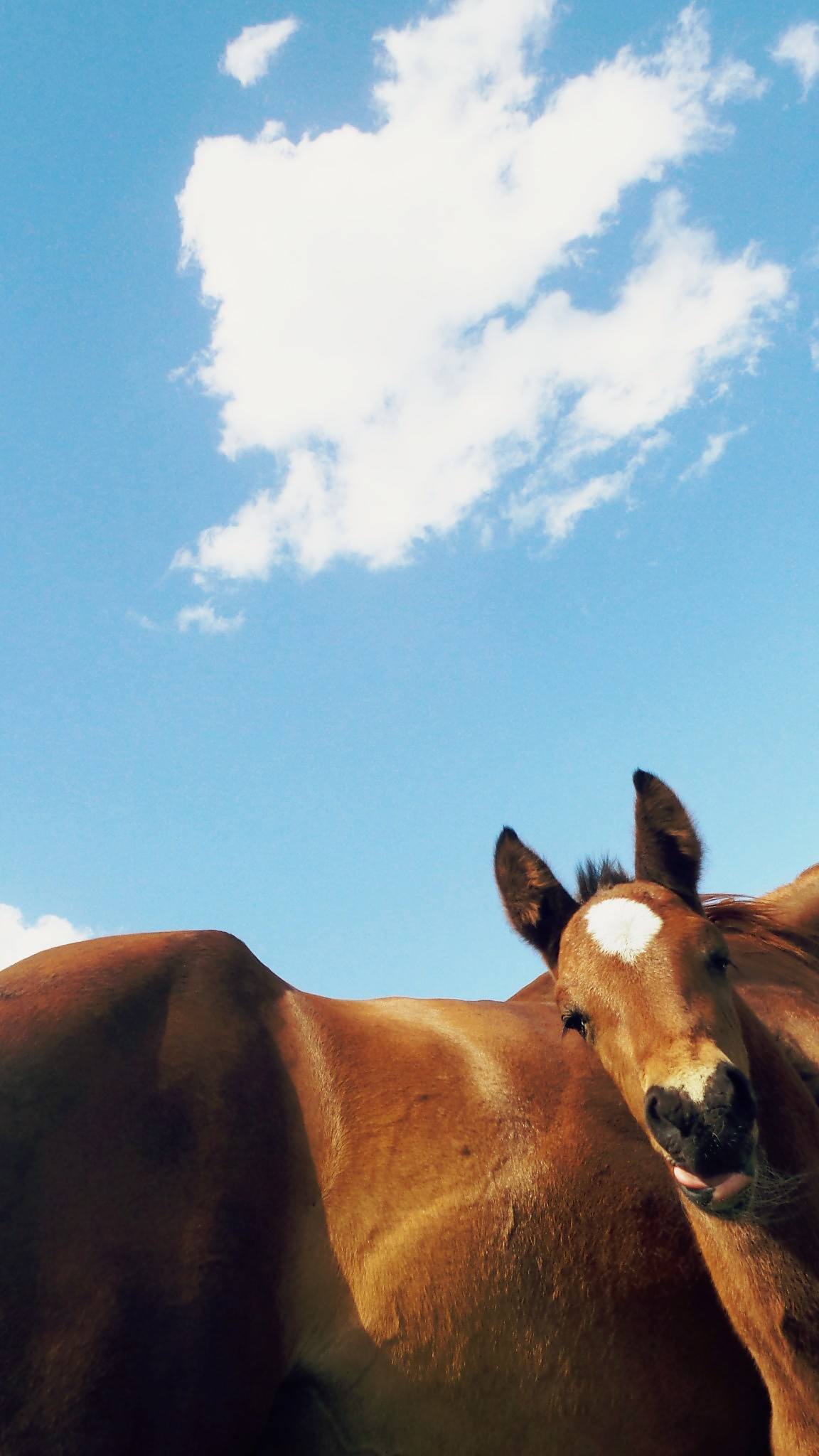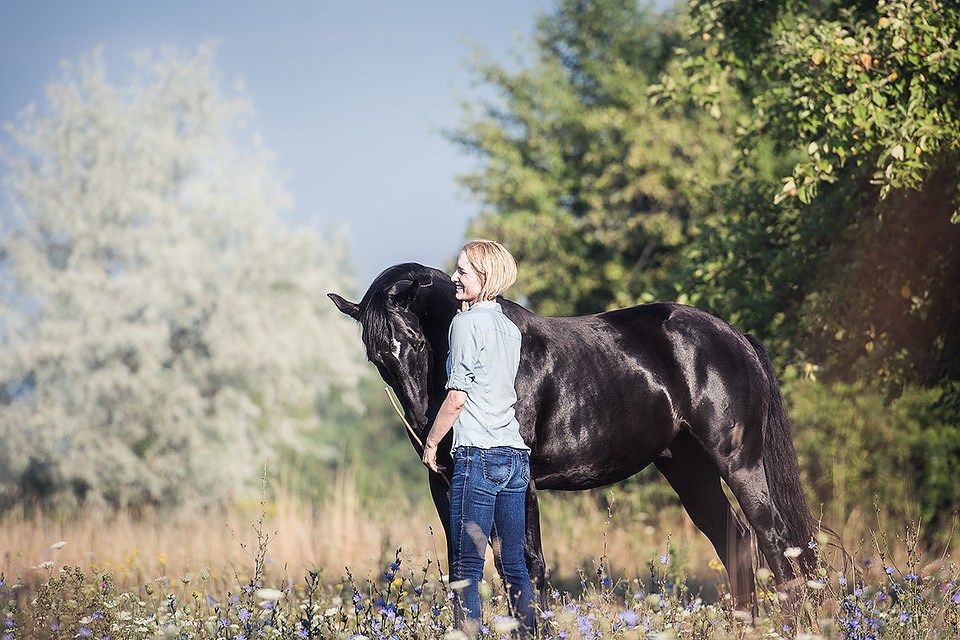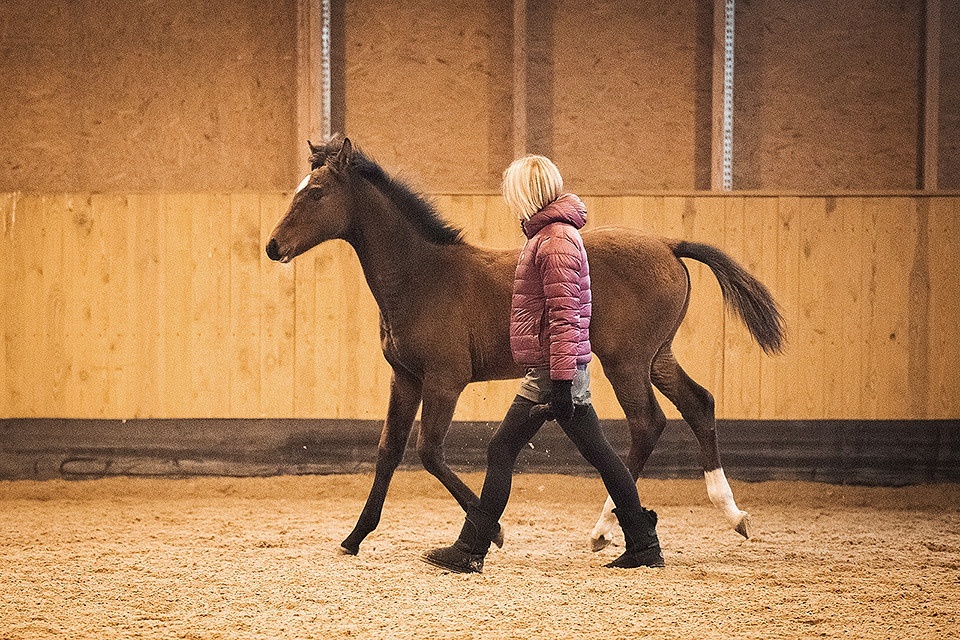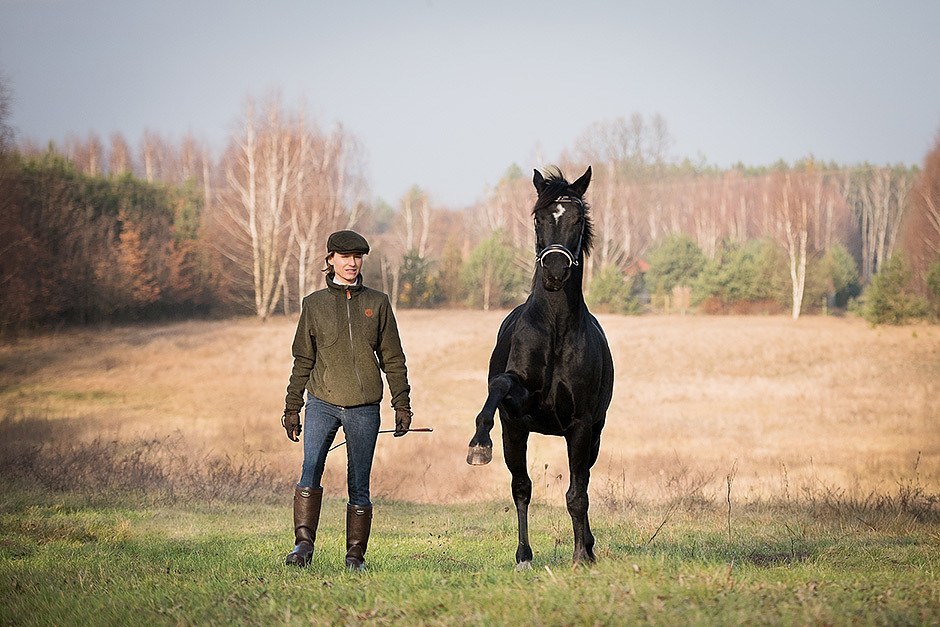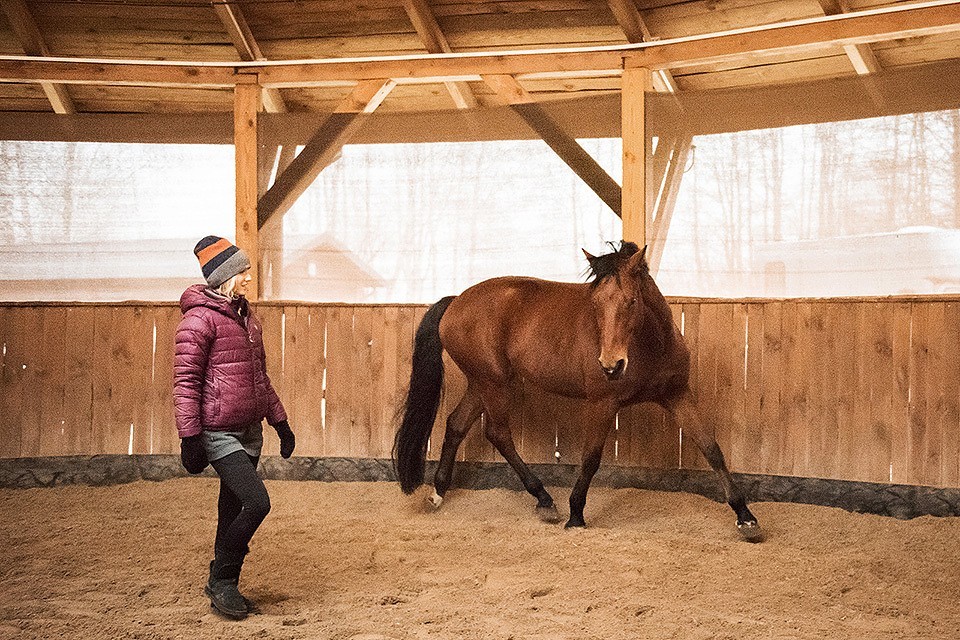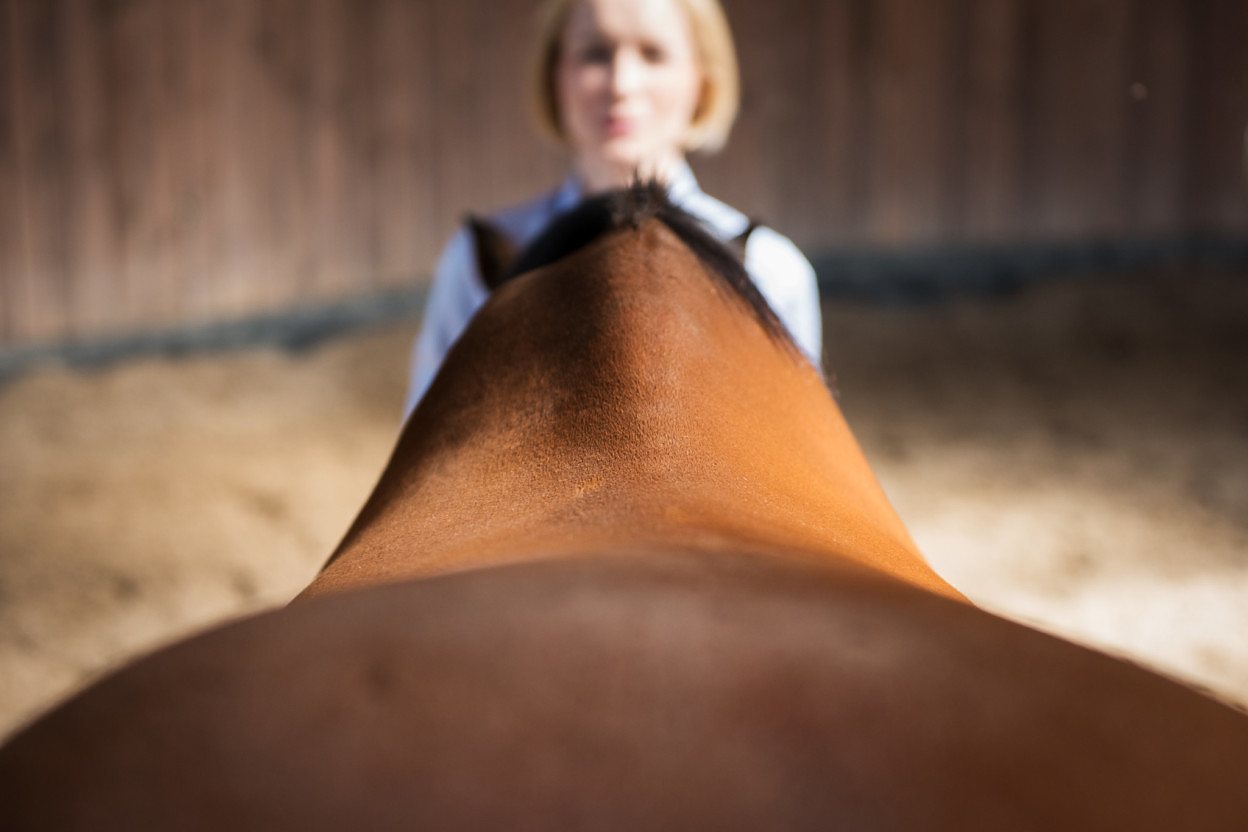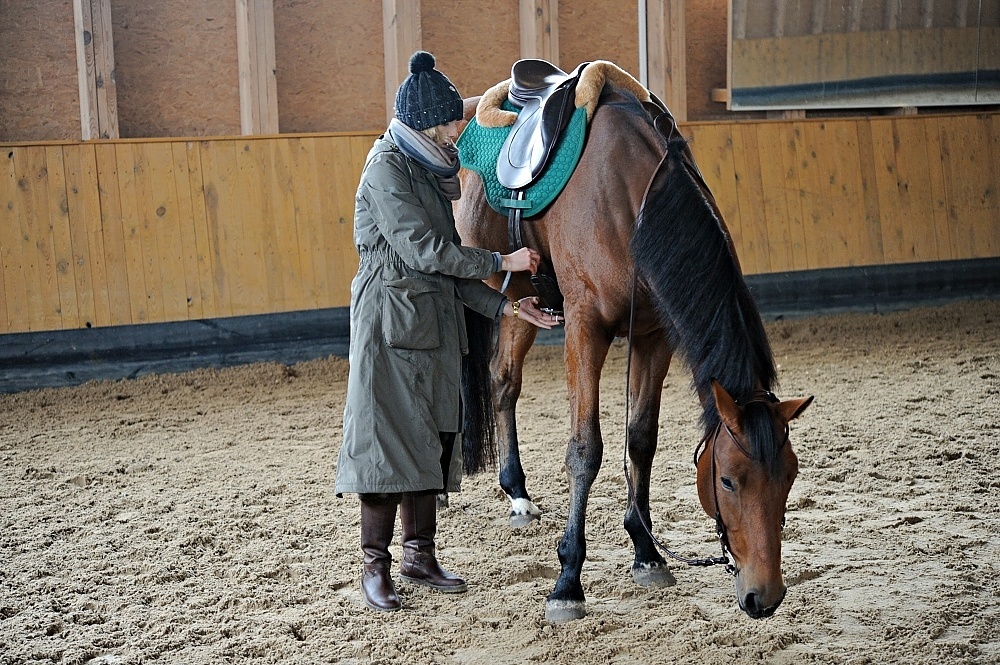During last hundred years we had many scientific discoveries on how people and animals learn new things. This is very broad subject and very well covered in the literature and here I will give you only short summary with practical information on how this works with horses. Horses can learn in four different situations: R-
Calming signals is a term introduced by Norwegian dog trainer Turid Rugaas (2005) to describe the behaviors that dogs show when trying to calm a situation. For animals living in groups, ways of communication, that can discharge the potentially tense situation, are extremely important. Calming signals are signals that all herd animals use in order to communicate with each
Another big change in your attitude is to give your horse the True Autonomy. Many people try to do this and they come to the conclusion that is is a wrong way, because they don’t have communication and there is no calmness and no safety when they are with their horses. When we give autonomy
Some years ago behaviourists used to think that animals are passive. But animals are active, they have their own goals and aspirations. We have to be aware of this fact. I wrote before that during clicker training we reinforce not only behaviours but also decisions our horse makes. In this PreWorkshop material I will show
True partnership is possible only when you know who you are. True partnership is based on promises and on stability. Stability and keeping promises are not possible if you don’t know who you are. Many times I see people really want to change something in THEIR LIVES. You may think that there is nothing simpler
In this week module we will talk about introducing NA to your students. And we will explain a little more the role of the teacher. Enjoy :) The role of a teacher is to OPEN student. When you are a teacher, you do not close your student inside rules. You do not create fear in
When your horse is CALM and feels safe, also because he fully understands what you want from him, and your horse has AUTONOMY to decide what he wants to do and to decide to engage in the training, this is the moment when COOPERATION starts. Cooperation is a mutual agreement that we will help our
During this Module you will expand your horse’s balance on straight lines through transitions and we will gradually progress to the Head Bent Cue on the circles. 1. Halt – One or two steps walk – Halt 2. Halt – One or two steps trot – Halt 3. Halt – Back Up – Halt 4.
The base of the Balance Exercises for us will be the Finding and Extending Natural Balance of the Horse Book. I hope you read it, because now this knowledge will come in handy :-) Everything I wish to share with you here is already written there, in the Book. Remember that in the Book I couldn’t
Even through all our exercises are dedicated to expand your horse’s calmness and understanding of the human world he was born into, please do not forget that the main change has to happen within YOU. With this Module’s exercises we will check even further how much your horse and you are ready to take the


